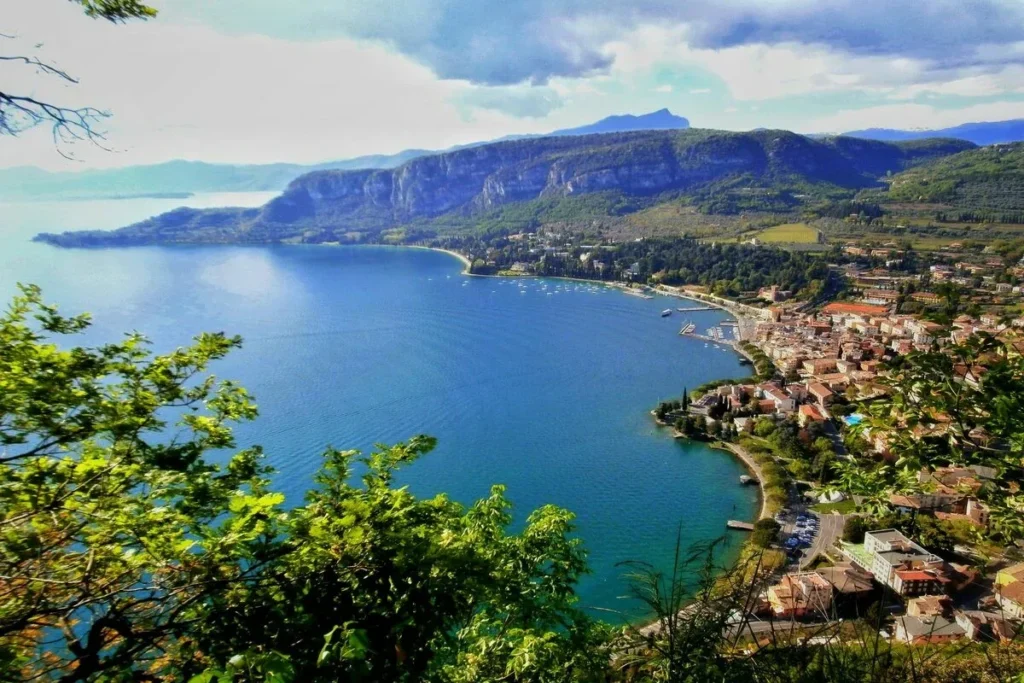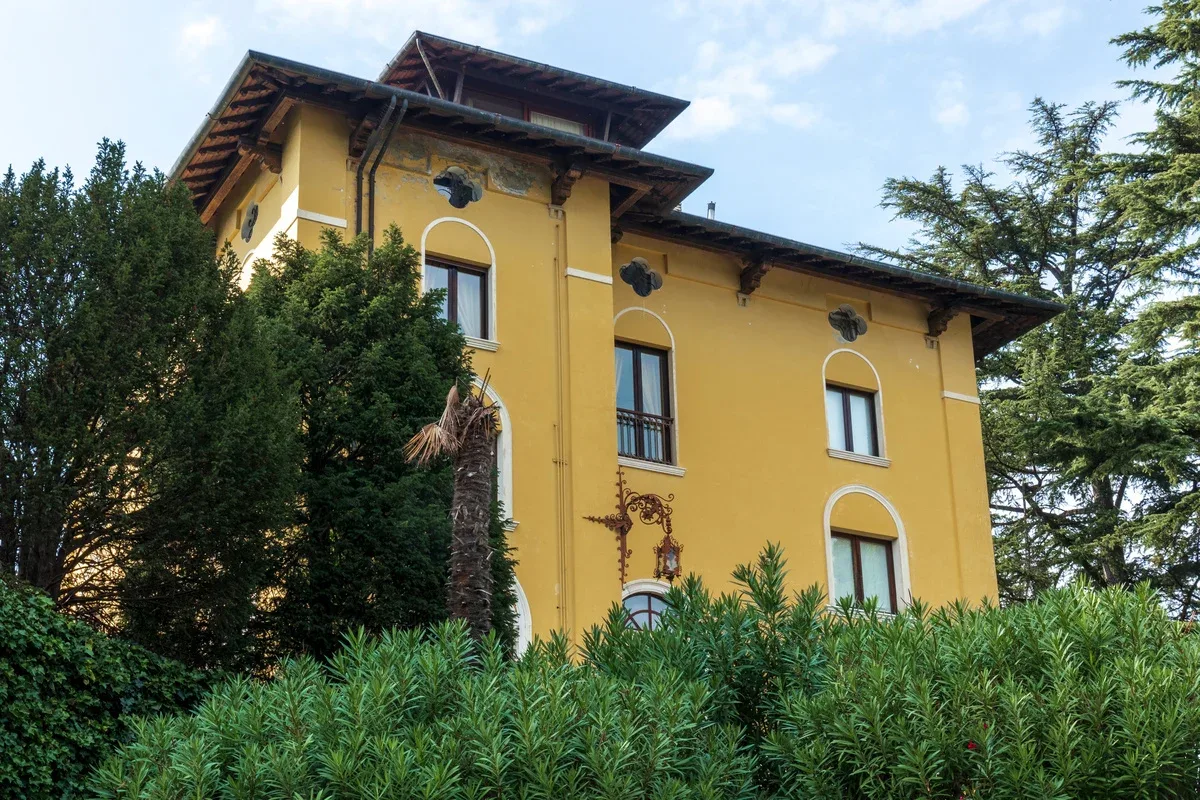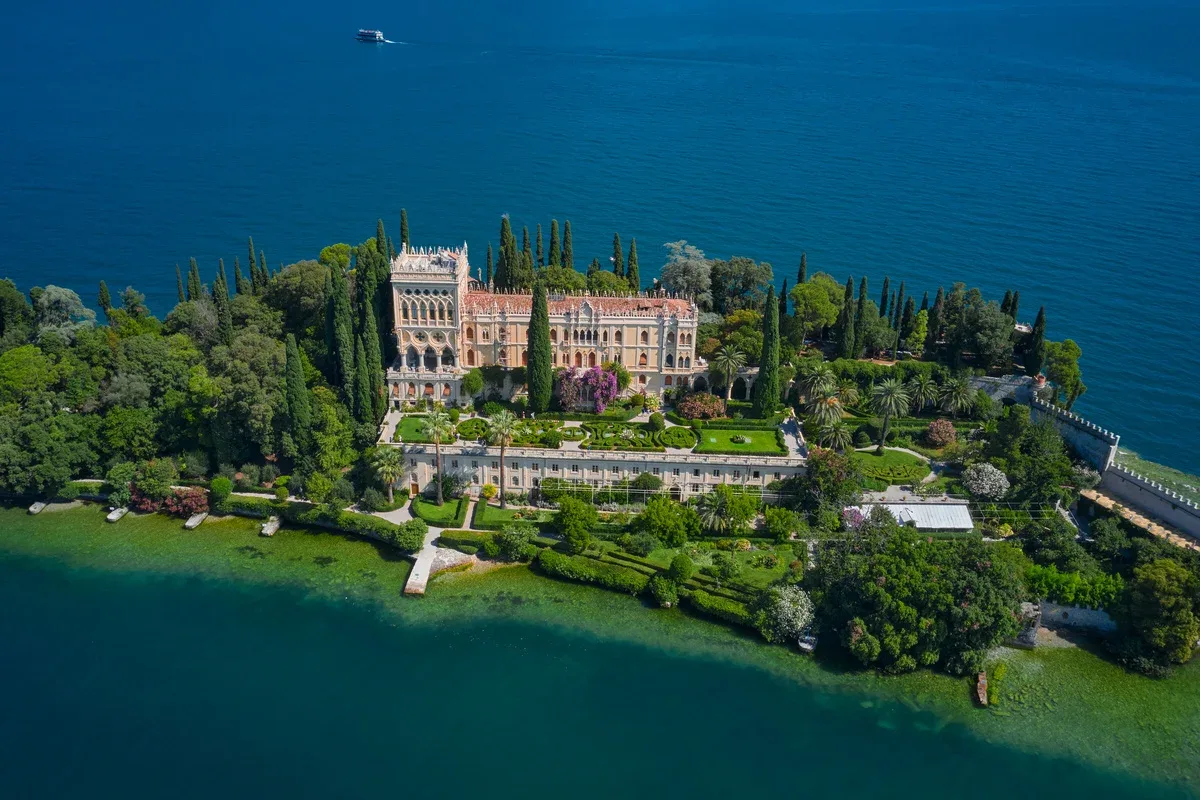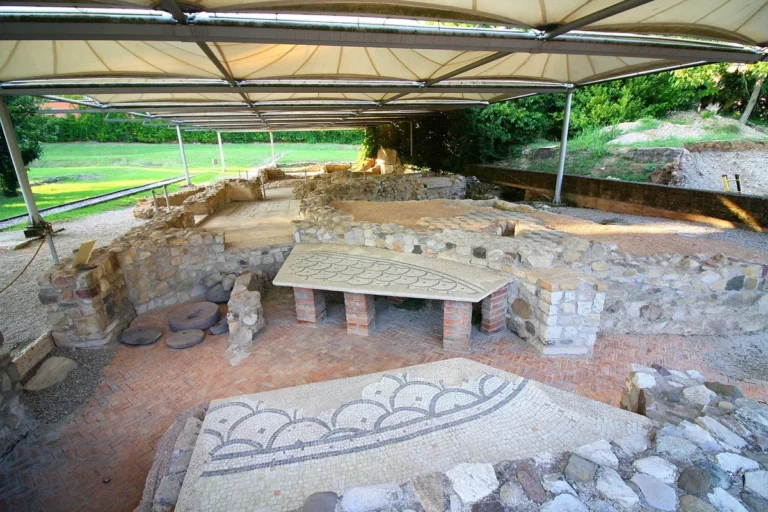In Lake Garda, lies a legend that has been passed down through the ages: the escape of Queen Adelaide of Burgundy. This captivating tale blends historical facts with myth and local lore, creating a narrative that continues to fascinate both locals and visitors.
The Lake Garda region, renowned for its outstanding scenery and rich history, provides the perfect backdrop for this legendary escape. Queen Adelaide’s story highlights her remarkable bravery and resilience while it intertwines with the very fabric of the landscape she traversed, making it a vivid and enduring legend.
In particular, her imprisonment at Rocca di Garda has made the place an absolute must-see for legend enthusiasts who wish to visit the tunnel, remembered as “Adelaide’s cave”, the protagonist of the queen’s daring escape. Adelaide’s escape from La Rocca, is one of those legendary tales that make this place feel like it’s straight out of a medieval Netflix series!
A Refusal that Led To Imprisonment
Adelaide, born in 931 AD, was the daughter of Rudolf II of Burgundy and Bertha of Swabia. Her early life was marked by political intrigue as she was betrothed to Lothair II, King of Italy, at the tender age of sixteen. Despite the political motivations behind her marriage, Adelaide proved to be a compassionate and beloved queen. She dedicated herself to helping the poor and vulnerable, earning admiration from her subjects.
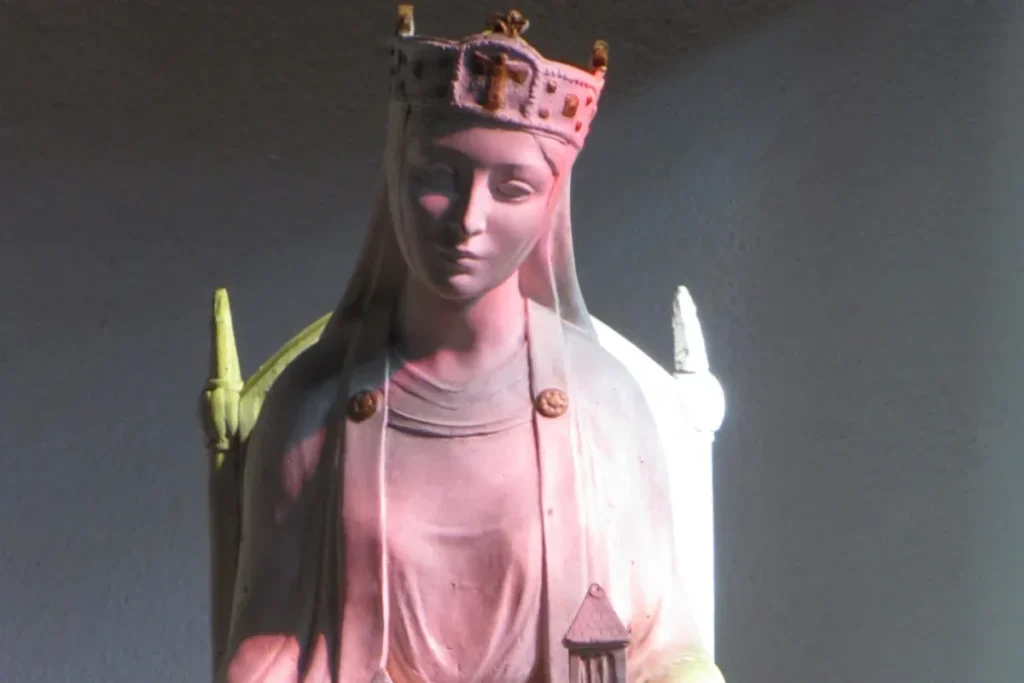
However, her life took a tragic turn when Lothair was poisoned, allegedly by Berengar II, who sought to place his own son, Adalbert, on the Italian throne. Adelaide’s refusal to marry Adalbert led to her imprisonment in the formidable Rocca di Garda, setting the stage for a dramatic and daring escape.
La Rocca, perched on a hill overlooking the lake, was known for its impregnable fortifications. The fortress, dating back to the 5th century, was a symbol of strength and resilience. Despite its formidable defenses, La Rocca was not impenetrable to the cunning of Adelaide and her allies. With the help of her loyal confessor, Brother Martin, and a network of local fishermen, Adelaide orchestrated a daring escape. The legend of her flight is as dramatic as it is enchanting, involving hidden tunnels and covert passages that snake through the rocky terrain.
Adelaide’s Incredible Escape: From Fugitive to Empress
The story of Adelaide’s escape is steeped in local lore. According to legend, Brother Martin carved a secret passage, known as the “Ceṡiól” or “Adelaide’s Cave“, which allowed the queen to slip away from her captors. She was aided by a fisherman who ferried her across the lake to safety. From there, Adelaide ventured through treacherous marshlands and dense forests, including the “Selva di Lugana”, a region once fraught with dangers and now celebrated for its vineyards.

Her journey led her to the ancient fortress of Canossa, where she sought refuge with Count Azzone. It was here that Adelaide met Otto I, the German Emperor. Struck by her courage and beauty, Otto I was compelled to help her. He waged war against Berengar II and eventually defeated him, securing Adelaide’s release and establishing her as Empress. Their marriage on Christmas Eve of 951 marked the beginning of a new chapter in both their lives and the history of the Holy Roman Empire.
After Otto I’s death in 973, she became a significant political figure as she governed alongside her daughter-in-law, Empress Theophanu, and later with her grandson, Otto III. Her role as regent was not merely ceremonial; she actively engaged in governance and diplomacy. Her tenure saw her working to maintain alliances, manage conflicts, and support the development of the empire. Her political skills were evident in her ability to balance various interests and to navigate the challenges of ruling a vast and diverse empire.
She was known for her piety and for her dedication to charitable works. Adelaide was instrumental in the foundation of several churches, monasteries, and convents, which were significant both spiritually and culturally. Her support for monastic institutions reflected her deep religious convictions and her desire to contribute to the welfare of her community.
She was closely tied with Cluny, then the center of the movement for ecclesiastical reform. Her commitment to religious and charitable activities earned her respect and admiration from contemporaries and later generations. Throughout her life, in fact, the Empress remained dedicated to her Christian faith, founding churches, monasteries, and caring for the less fortunate. Her legacy continued to shine, and in 1097, Pope Urban II canonized her, recognizing her contributions to both the church and her people.
Visiting the Escape Site
Today, the legend of Queen Adelaide endures, with her story deeply ingrained in the culture and history of the Lake Garda region. Visitors to the area can explore the sites linked to her escape, such as remnants of the scenic paths she might have traversed. The tale of Adelaide is a vivid narrative that continues to inspire and captivate those who encounter it.
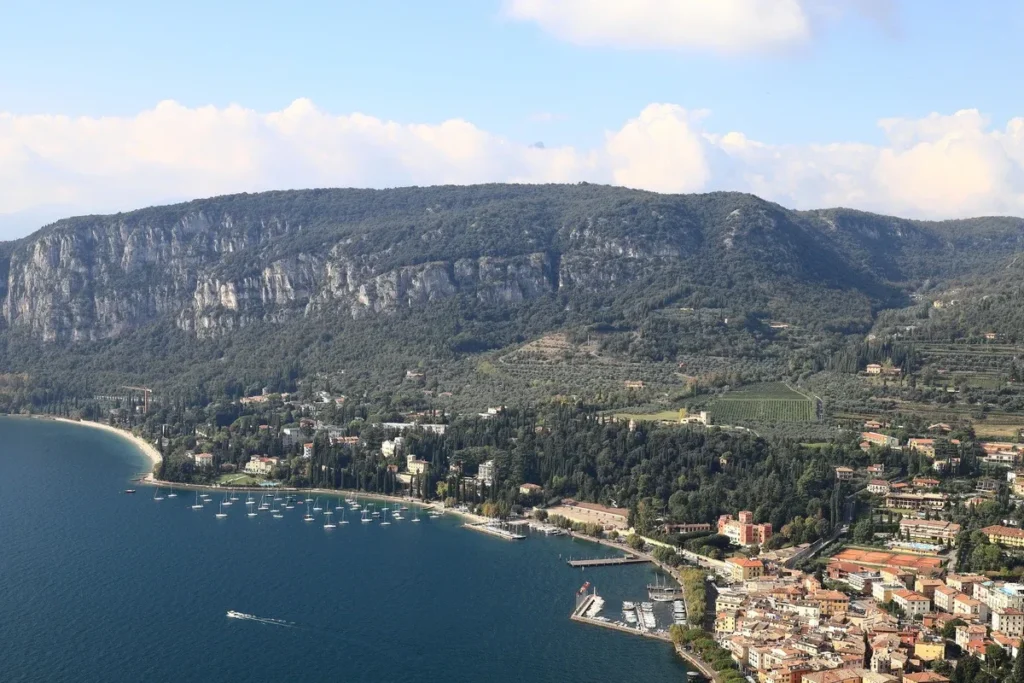
As you stroll through the landscapes surrounding Lake Garda, from the dense vineyards of Lugana to the calm shores of the lake, take a moment to reflect on the courageous queen who once navigated these very paths. Her legend is a testament to the enduring power of resilience and the rich tapestry of history that continues to unfold in this enchanting part of Italy.












